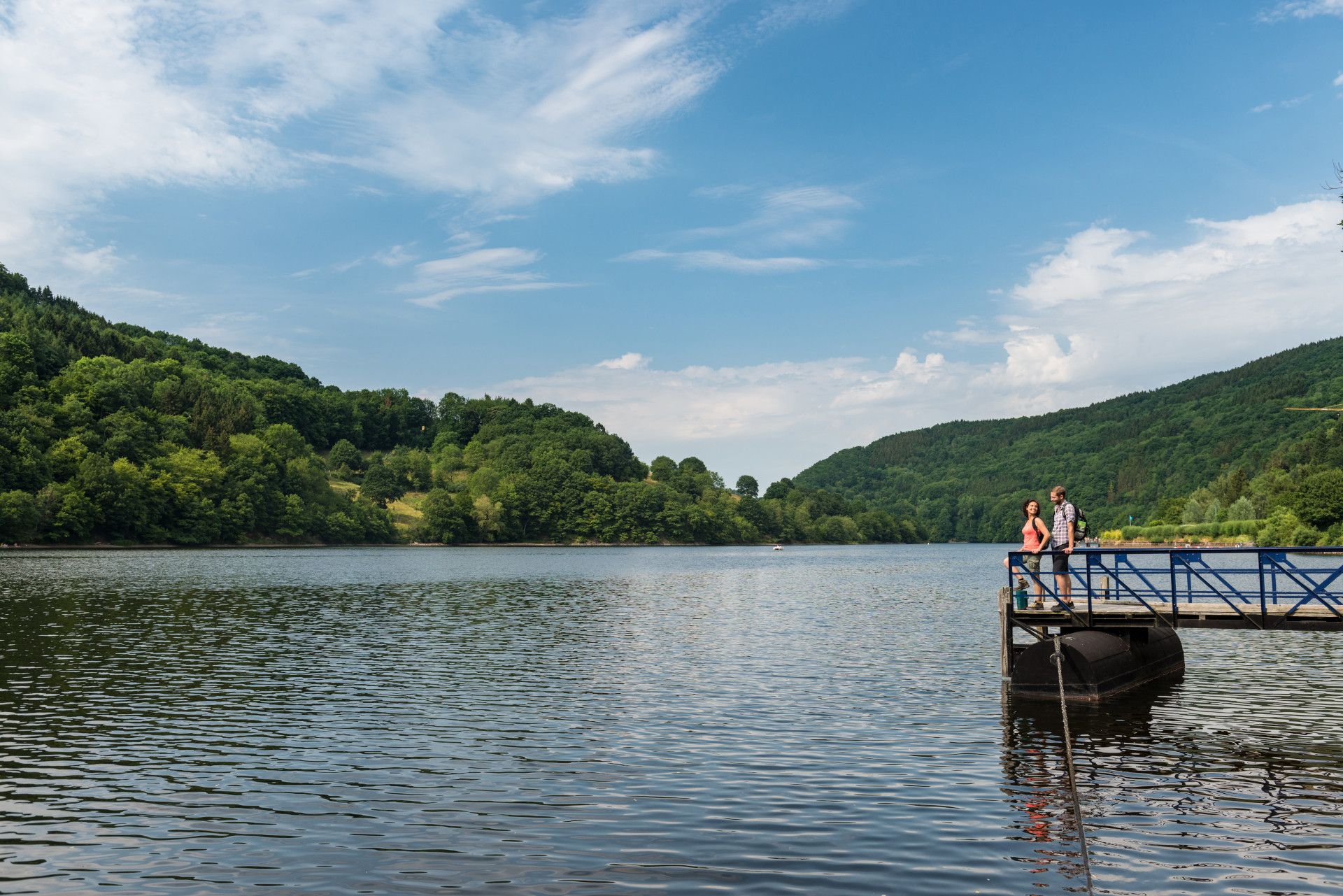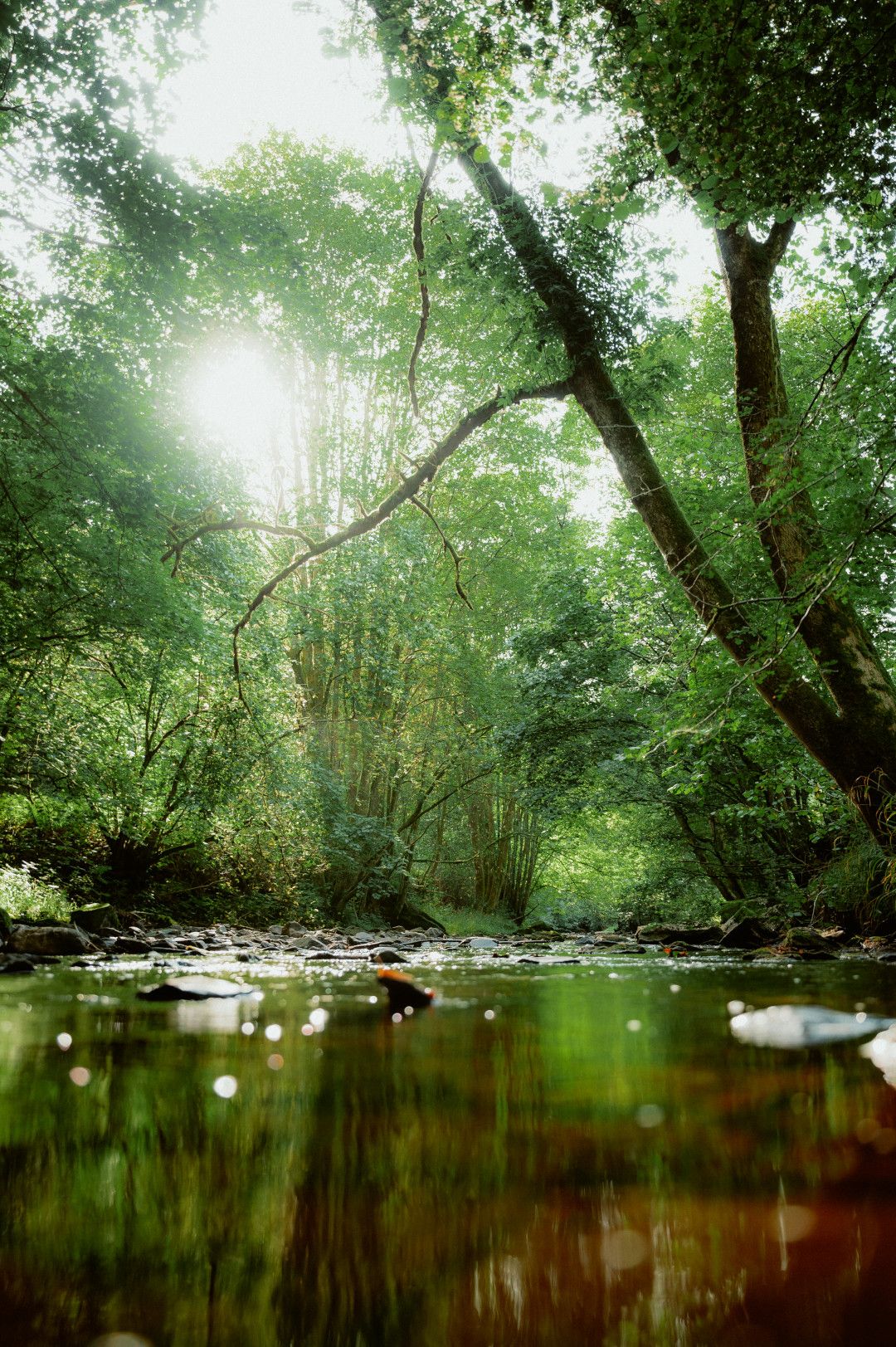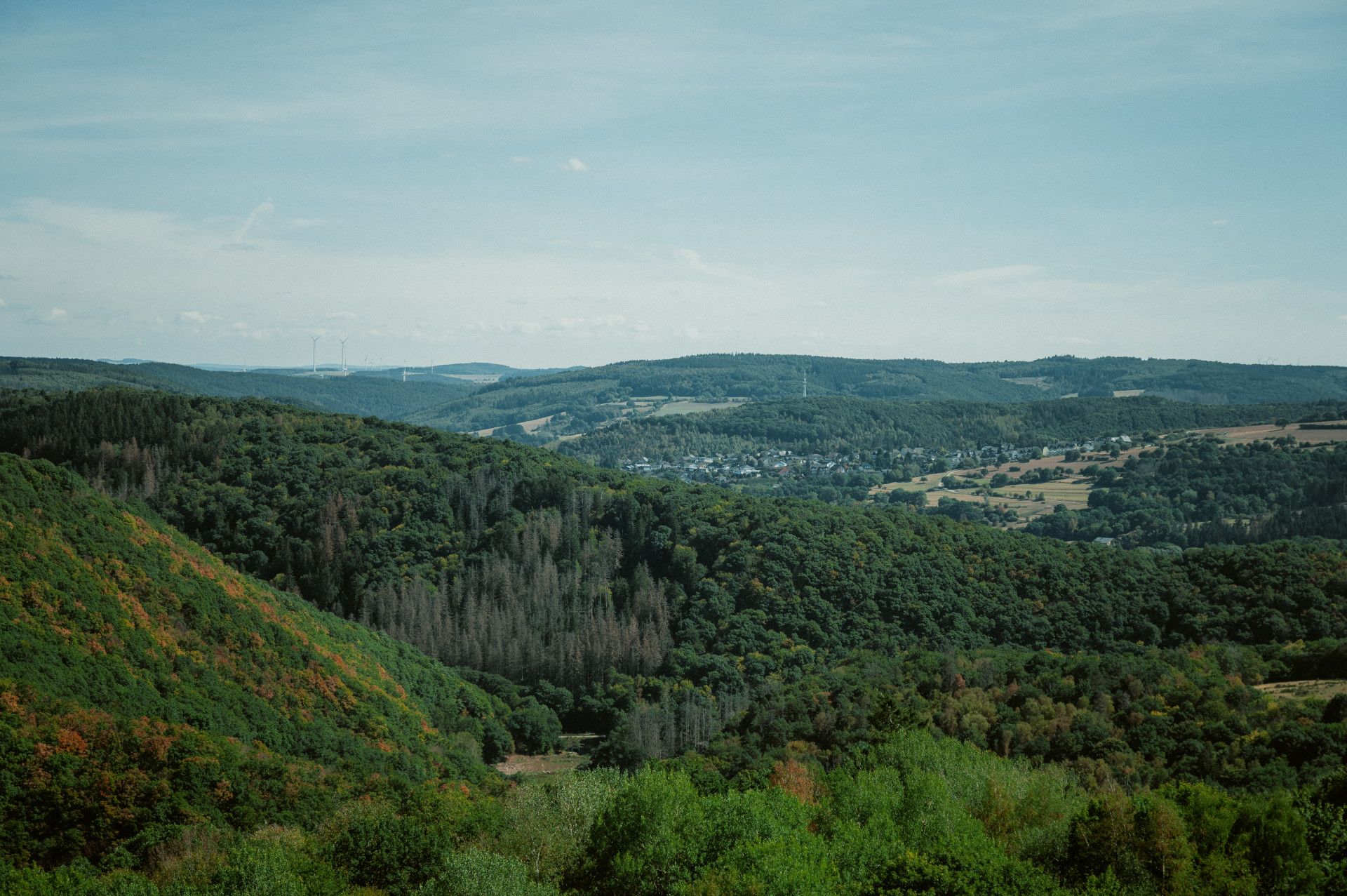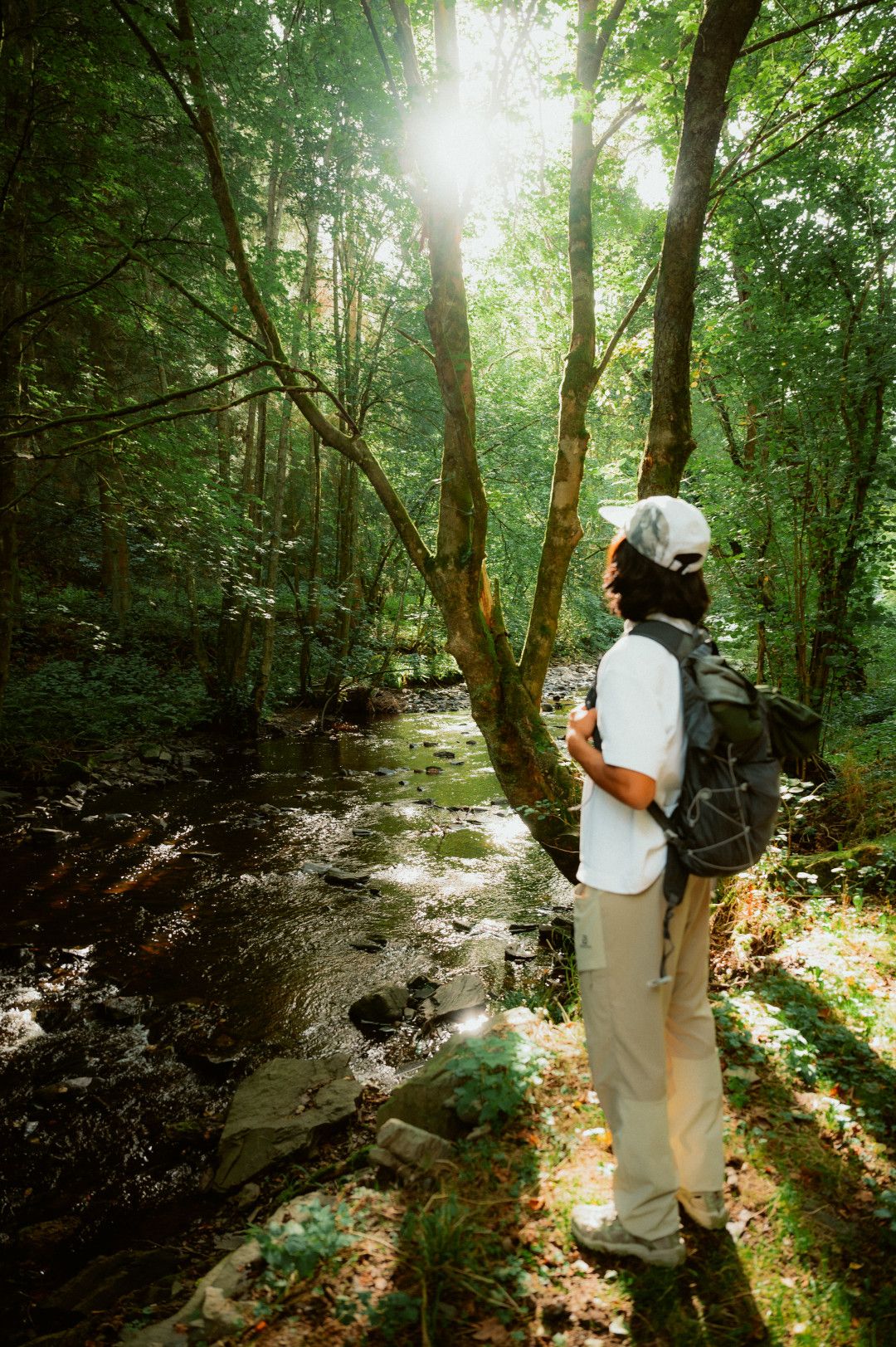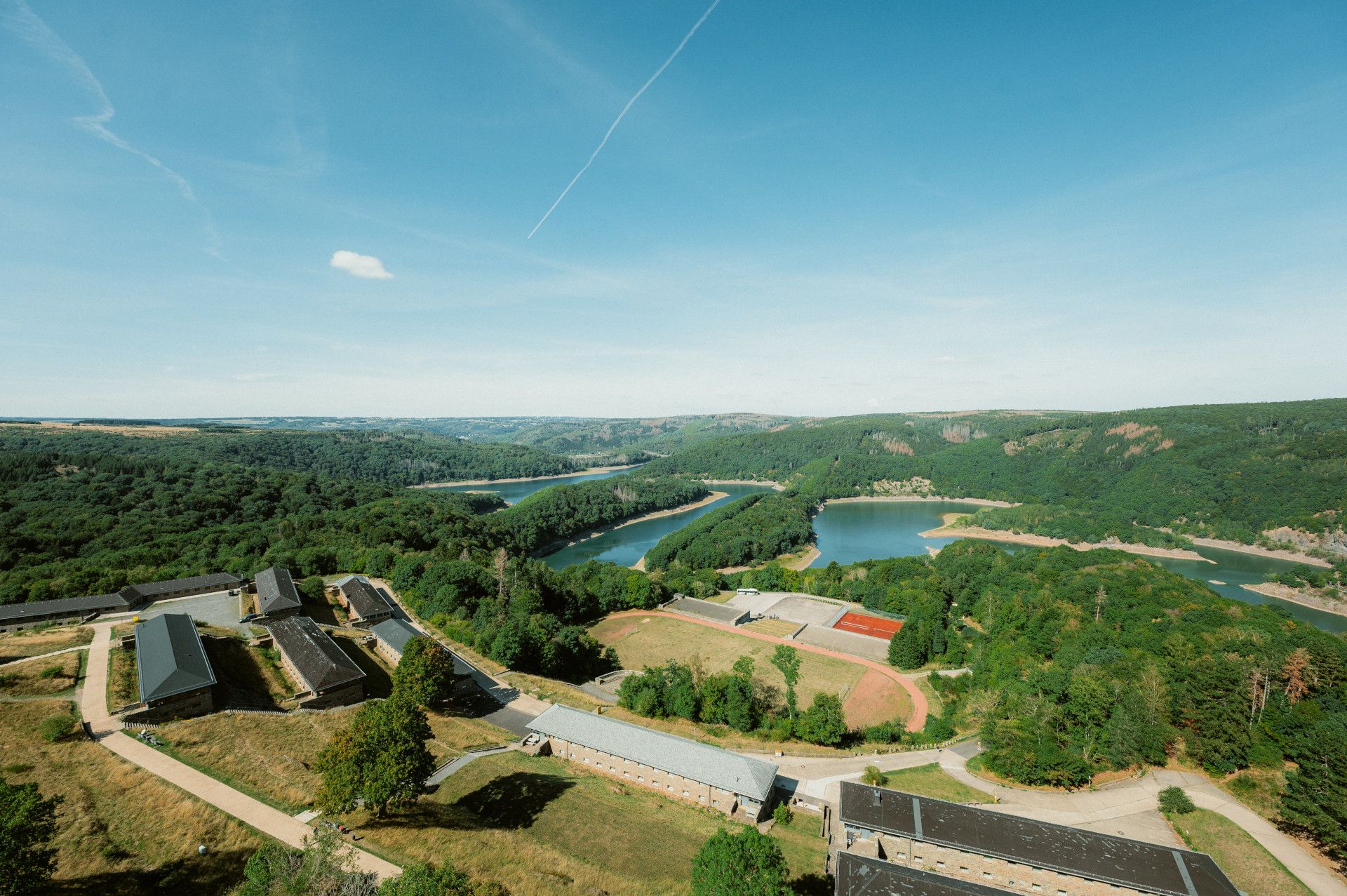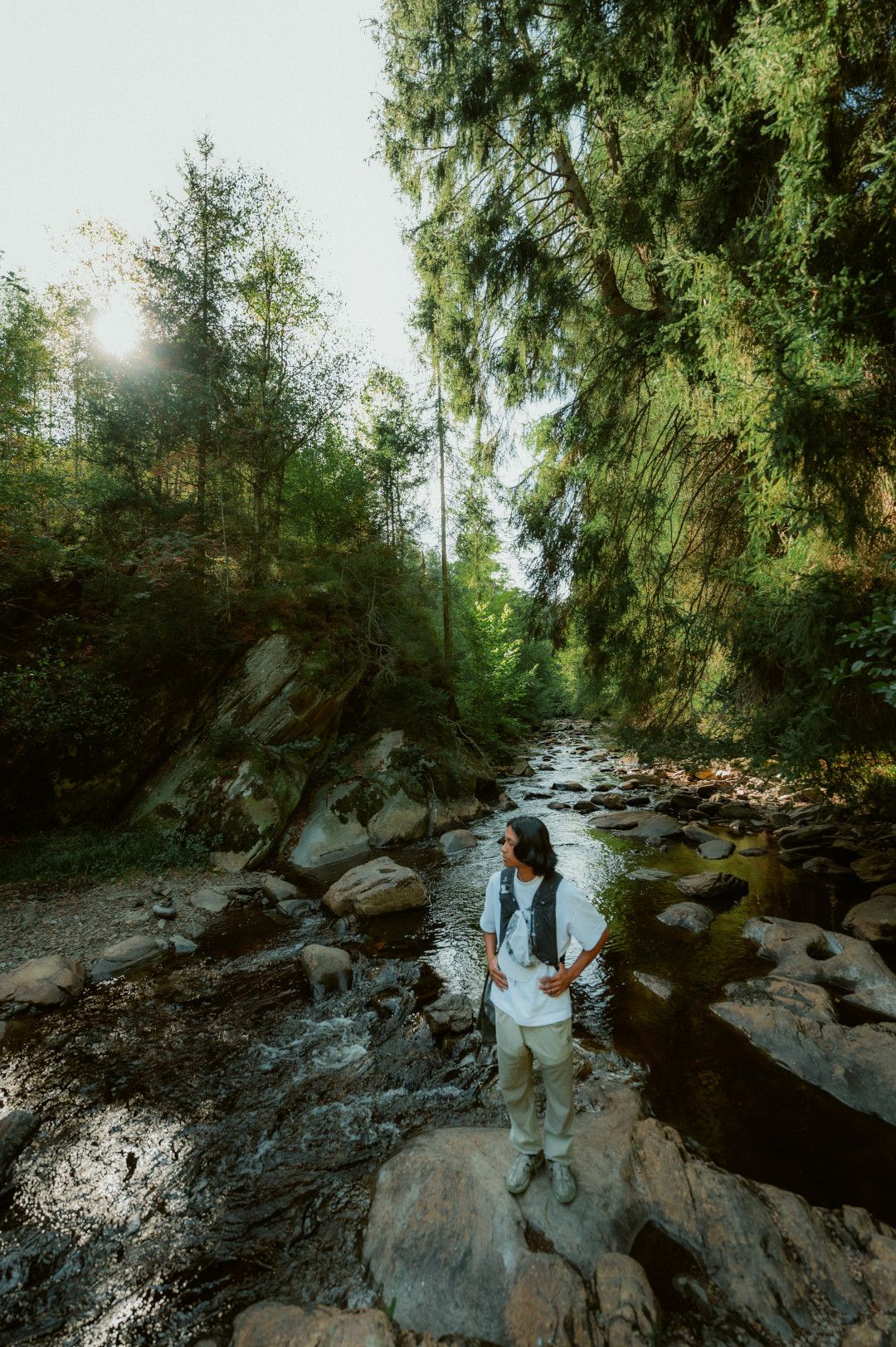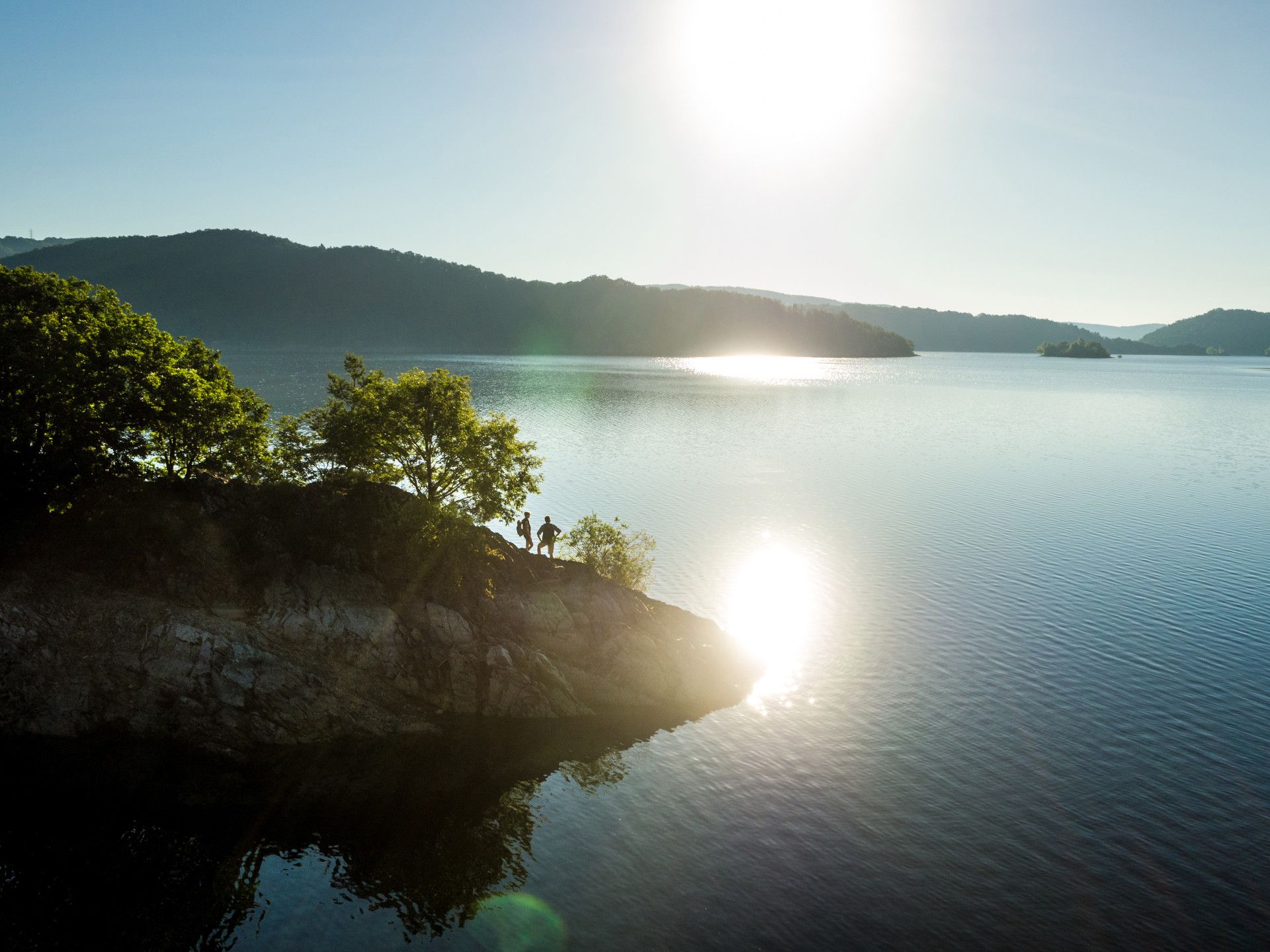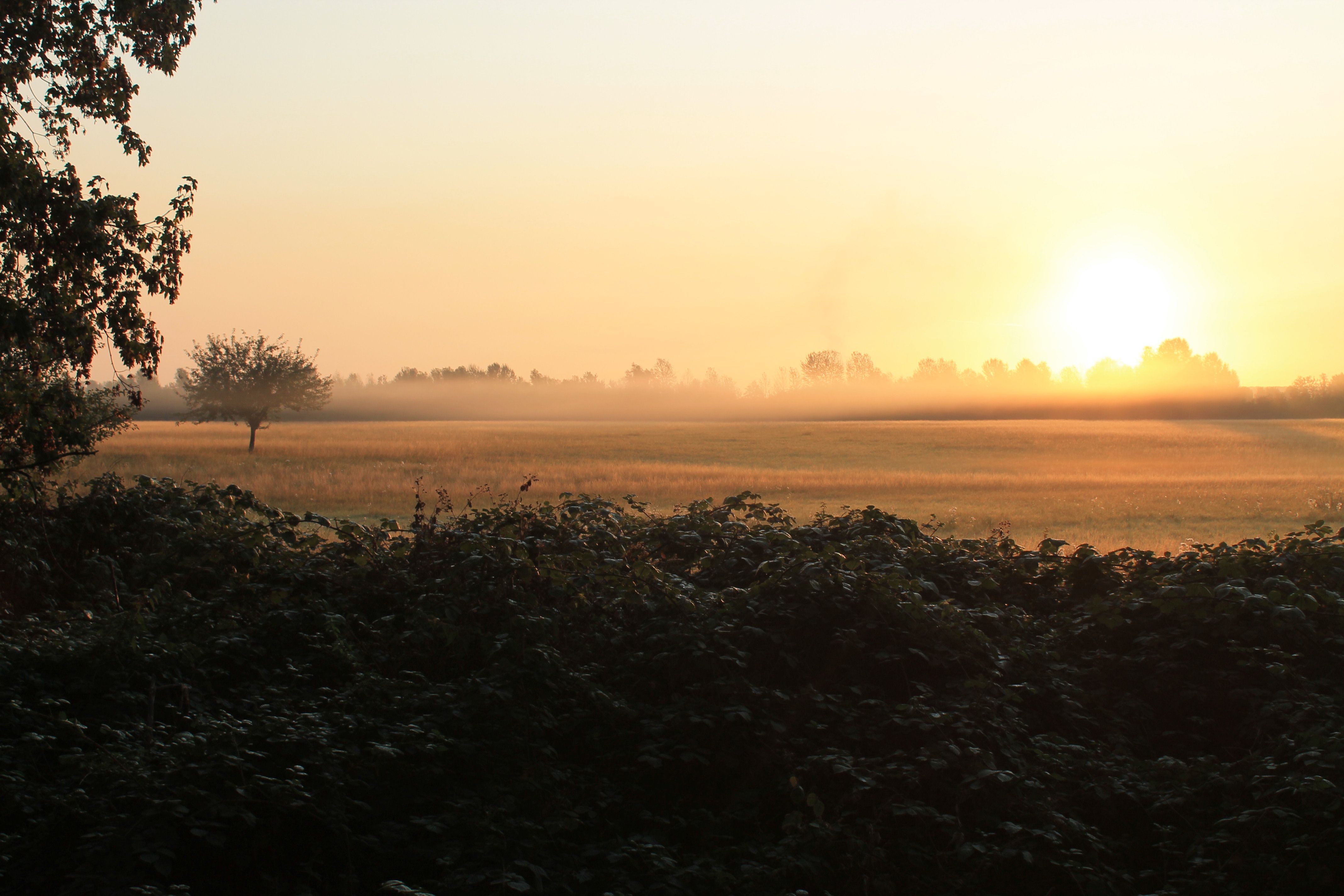Nature can develop largely undisturbed in the Eifel National Park: Pristine primeval beech forests are growing, where numerous endangered animals feel at home again, including wildcats, beavers and black storks. Rare species of orchid grow on sparse slopes. The Wilderness Trail leads through the middle of this growing wilderness: in four stages between 18 and 25 kilometers in length, it leads from Monschau-Höfen in the south to the northern tip near Hürtgenwald-Zerkall.
Different natural areas can be seen along the way: the daffodil meadows and coniferous forests in the southern section, the reservoir and river landscapes in the heart of the protected area, the wide grasslands of the former Vogelsang military training area and the near-natural deciduous forests in the north. The area around the former Ordensburg Vogelsang is particularly diverse: It offers great panoramic views as well as exhibitions on the past and future of the site. From there, it's on to the heart of the Eifel National Park, the ridge of the Kermeter, which, with its ancient beech forests, was the decisive reason for its designation. The rustic trees are habitats for wild cats, black storks and numerous species of woodpecker. Incidentally, you can get particularly close to birds in certain places: There is a birdwatching station between Gemünd-Malsbenden and the Urft dam wall, from where you can observe gray herons, great crested grebes and ducks as well as a breeding colony of cormorants.
